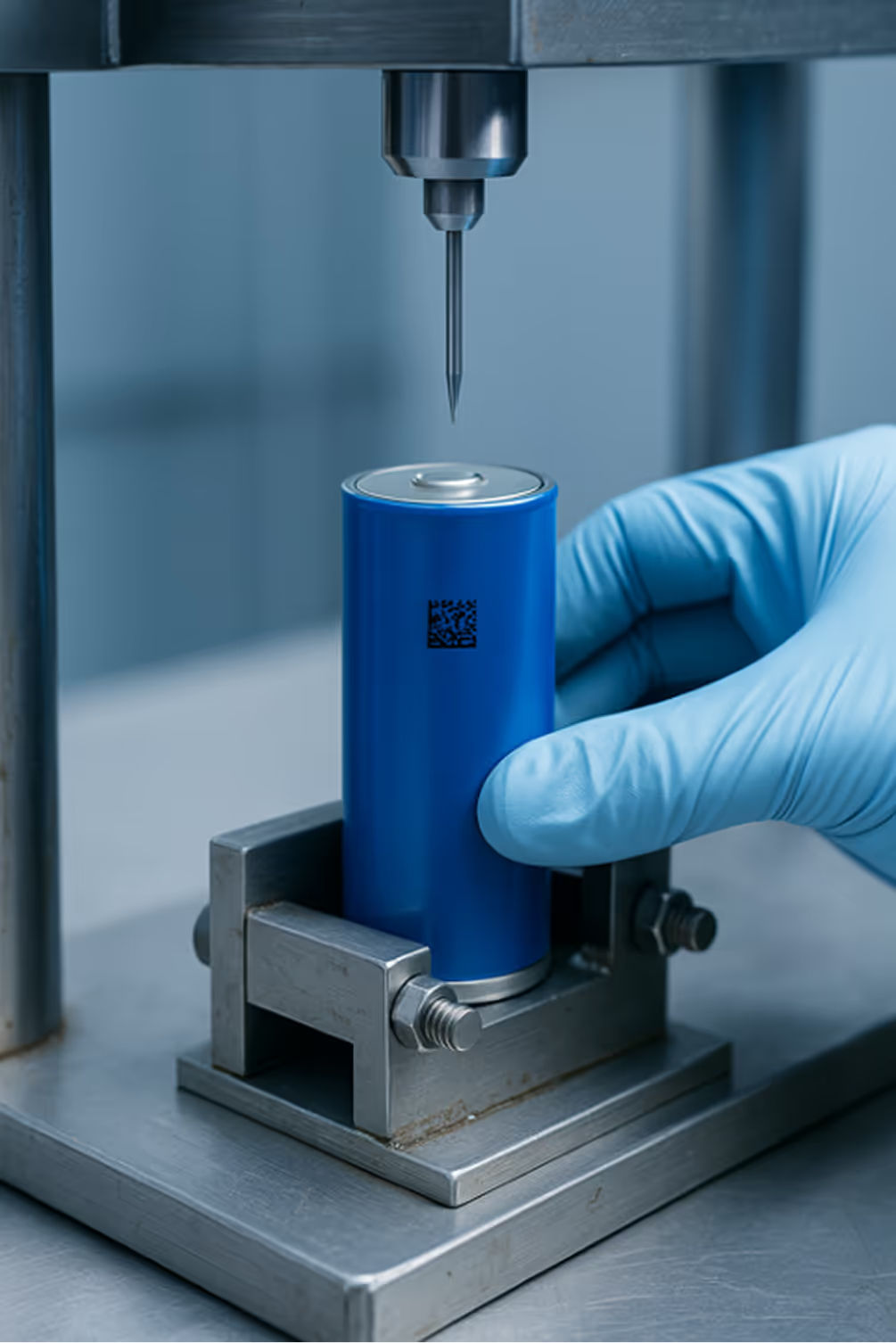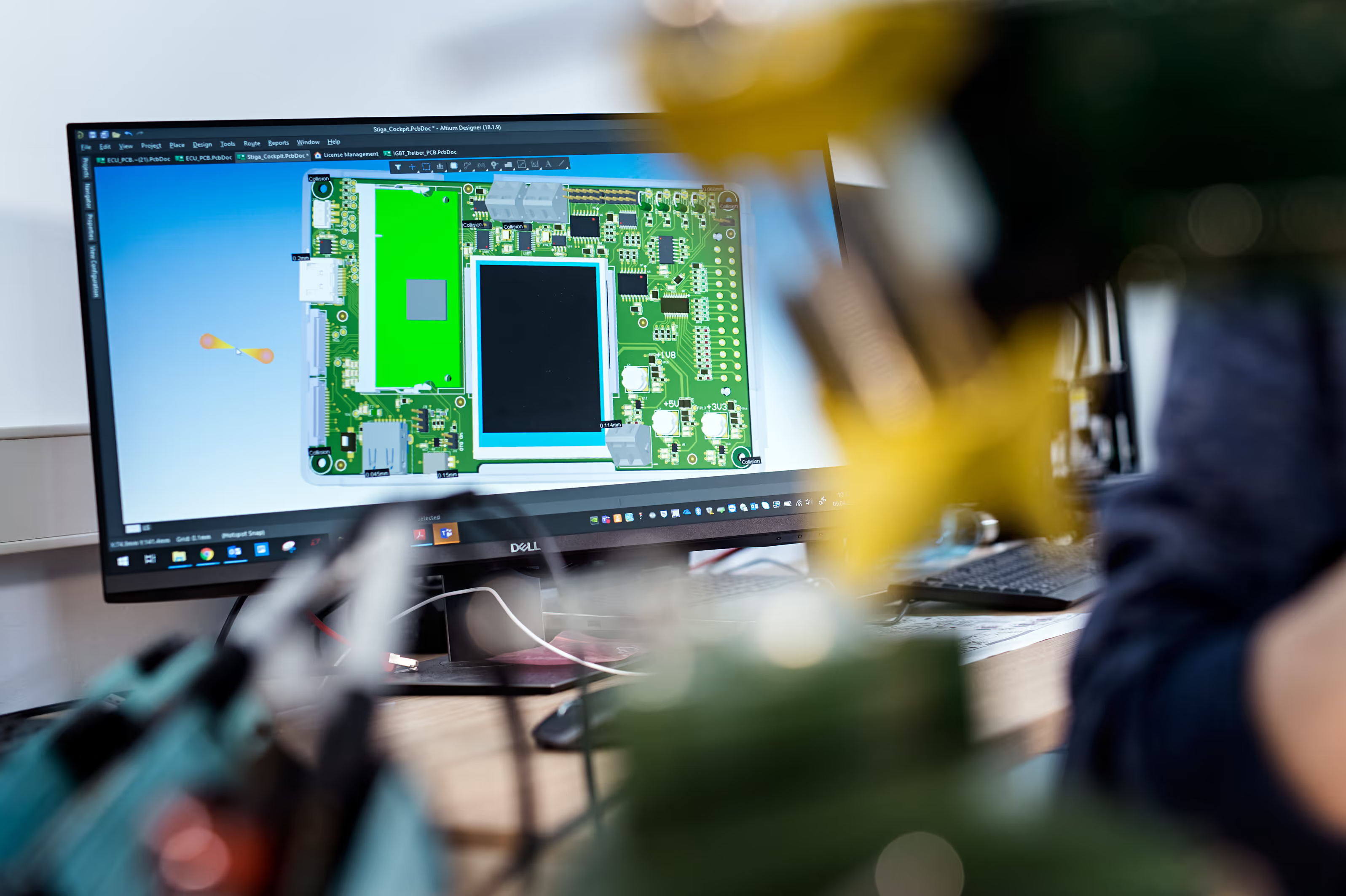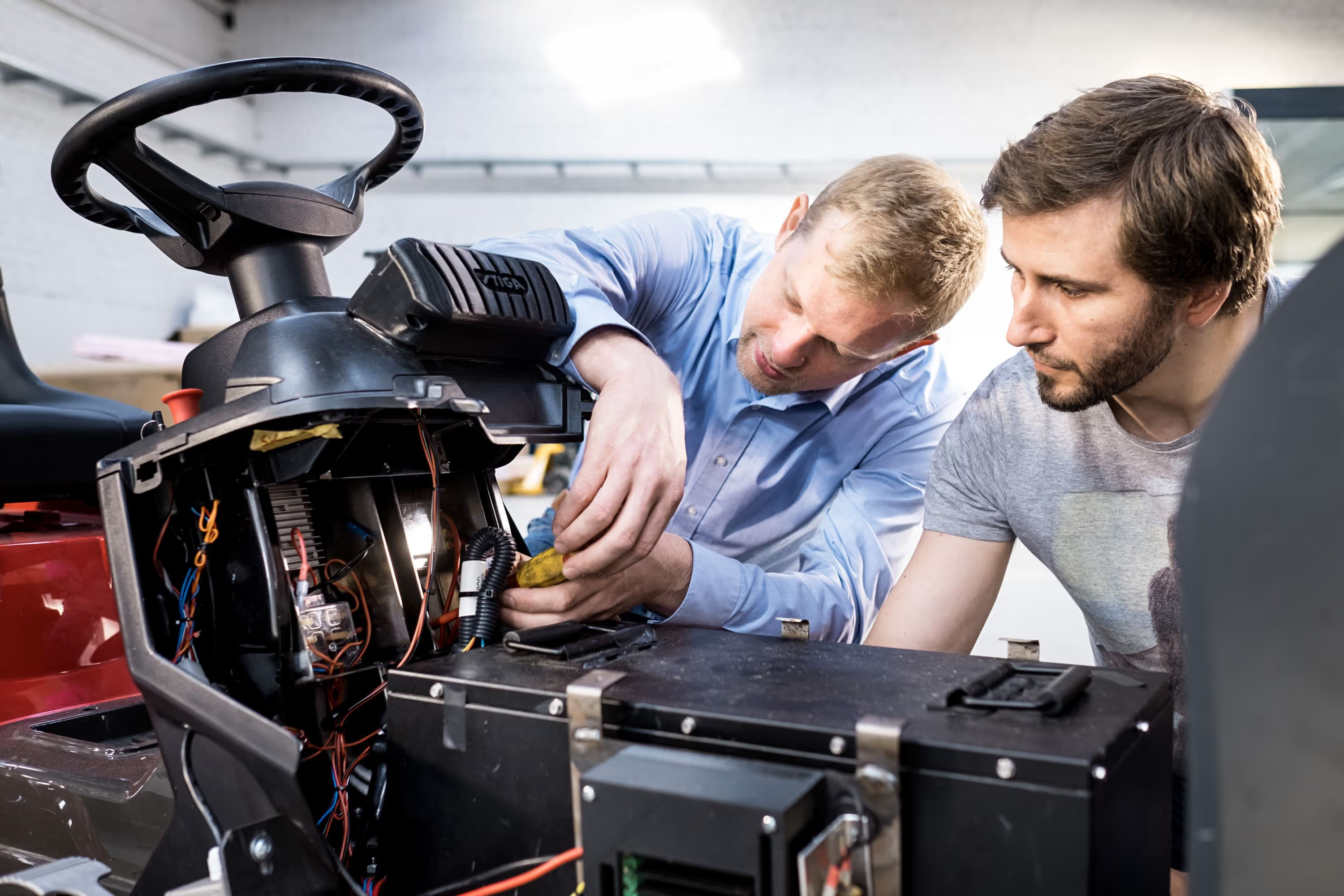State of Health (SOH)
State of Health (SOH) is a critical metric that quantifies the degradation and remaining useful life of a battery by comparing its current condition to its original state.
State of Health (SOH) is a measure used to assess the current condition of a battery relative to its original state, indicating factors like capacity fade, internal resistance increase, and overall degradation. In the battery industry, SOH is indispensable for professionals aiming to optimize performance, ensure safety, and extend the lifespan of energy storage systems, particularly in electric vehicles (EVs) and renewable energy applications.
Understanding State of Health (SOH)
For battery professionals, SOH provides a snapshot of a battery's aging process, influencing decisions from manufacturing to end-of-life management. It integrates various electrochemical and electrical parameters to deliver actionable insights.
Key Metrics and Parameters
SOH is typically expressed as a percentage, where 100% represents a new battery, and lower values indicate degradation. Key metrics include capacity retention, internal resistance, and cycle life. Capacity fade is a primary indicator, measured by comparing the current maximum charge capacity to the initial rated capacity. Similarly, internal resistance increases with aging, affecting efficiency and power output. Professionals must monitor these parameters using advanced Battery Management Systems (BMS) to predict failures and schedule maintenance.
Importance in Battery Management Systems (BMS)
A robust BMS relies on accurate SOH estimation to balance cells, prevent overcharging or deep discharging, and optimize charging strategies. Real-time SOH data enables predictive maintenance, reducing downtime and costs. In EVs, for instance, SOH influences range estimation and warranty claims, making it a focal point for OEMs and suppliers striving for reliability and customer satisfaction.
Methods for Estimating SOH
Accurate SOH estimation is challenging due to battery nonlinearities and environmental factors. Professionals employ a mix of direct measurements, model-based approaches, and data-driven techniques to enhance precision.
Direct Measurement Techniques
These methods involve physical tests, such as capacity tests and impedance spectroscopy, conducted in controlled lab environments. Capacity testing discharges the battery fully to measure remaining capacity, while electrochemical impedance spectroscopy (EIS) analyzes internal resistance and other parameters. Though accurate, these techniques are often invasive and time-consuming, limiting their use in field applications.
Model-Based Estimation
Model-based approaches use electrochemical or equivalent circuit models to simulate battery behavior. Kalman filters and particle filters are commonly integrated into BMS for real-time SOH tracking. These models account for temperature, load profiles, and aging effects, providing a balance between accuracy and computational efficiency. However, they require precise initial parameters and can be sensitive to model errors.
Data-Driven Approaches
Leveraging machine learning and big data, data-driven methods analyze historical operational data to predict SOH. Techniques like support vector machines (SVM) and neural networks learn from voltage, current, and temperature patterns to estimate degradation. This approach is gaining traction for its adaptability and ability to handle complex, real-world conditions, though it demands extensive datasets and validation.
Applications in the Battery Industry
SOH monitoring is integral across the battery value chain, from production to recycling. It drives quality assurance, operational efficiency, and sustainability efforts.
For Battery Manufacturers
Manufacturers use SOH data during quality control to identify defects and ensure consistency. End-of-line testing incorporates SOH measurements to validate performance against specifications, reducing recalls and enhancing brand reputation. Additionally, SOH insights guide R&D in developing longer-lasting batteries with improved materials and designs.
For OEMs and EV Producers
OEMs integrate SOH into vehicle diagnostics to provide accurate range forecasts and maintenance alerts. Fleet management systems use SOH trends to optimize battery usage, plan replacements, and comply with safety regulations. In EVs, reliable SOH estimation supports second-life applications, where retired batteries are repurposed for energy storage, aligning with circular economy goals.
For Component Suppliers
Suppliers of BMS and sensors focus on enhancing SOH accuracy through advanced algorithms and hardware. Collaboration with manufacturers ensures compatibility and standardization, facilitating seamless integration. By providing precise SOH data, suppliers help clients reduce operational risks and meet regulatory requirements, such as those from ISO and UN standards.
Challenges and Future Trends
Despite advancements, SOH estimation faces hurdles like variability in usage patterns and environmental conditions. Addressing these challenges is key to future innovations.
Accuracy and Reliability Issues
Factors like temperature fluctuations and inconsistent charging habits can skew SOH readings. Advanced calibration techniques and multi-parameter models are being developed to improve robustness. Professionals must also consider cell-to-cell variations in pack-level assessments to prevent premature failures.
Standardization and Compliance
International standards, such as ISO 12405 and UN ECE R100, mandate specific SOH testing protocols for safety and performance. Compliance requires thorough documentation and validation, which can be resource-intensive. Emerging trends include harmonizing global standards to streamline cross-border trade and adoption.
Emerging Technologies
Innovations like solid-state batteries and AI-enhanced BMS promise more stable SOH tracking. Research into self-healing materials and wireless monitoring could revolutionize how SOH is managed, reducing manual interventions and enhancing scalability.
In conclusion, State of Health (SOH) is a cornerstone of modern battery technology, enabling professionals to maximize efficiency, safety, and sustainability. As the industry evolves, continuous improvement in estimation methods and adherence to standards will be crucial. PEM Motion supports battery manufacturers, component suppliers, OEMs, and EV producers by offering expert services in Battery Testing & Compliance, BMS Solutions, Training, and Operations Support. Their international engineering expertise helps clients navigate complex requirements, such as testing procedures and documentation, ensuring compliance with global standards and optimizing battery performance throughout the lifecycle.
Our Focus
What we do

BATTERY Compliance
We ensure your batteries meet all compliance standards for safety and performance.

OPERATIONS & TRAINING
We empower your team with comprehensive training and operational consultation for battery technology and energy storage solutions.

BMS SOLUTIONS
We offer a wide range of Li-Ion battery solutions and Battery Management Systems for various industries.












